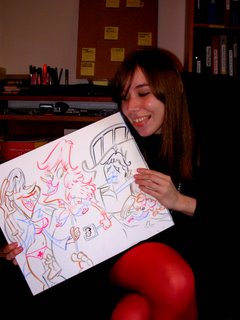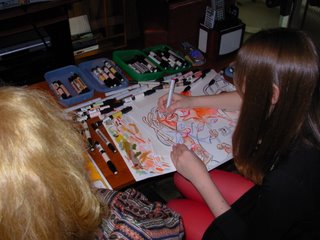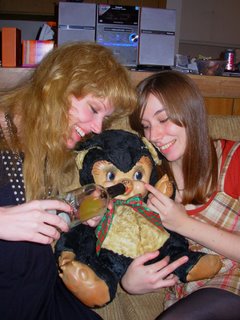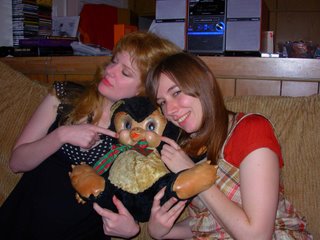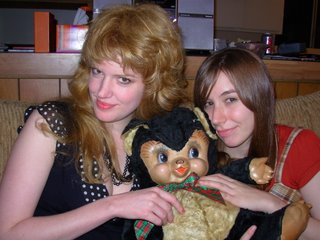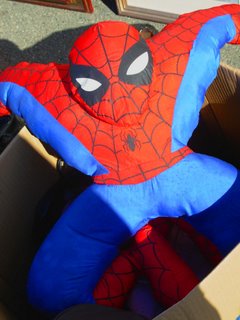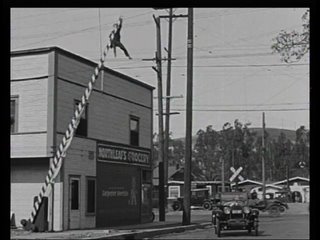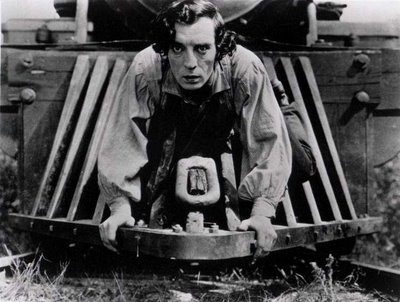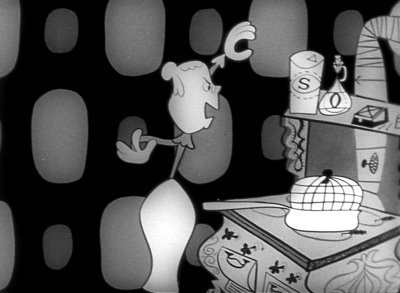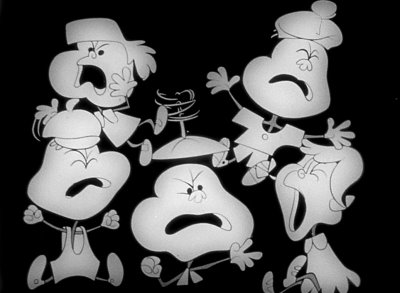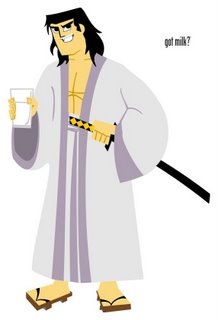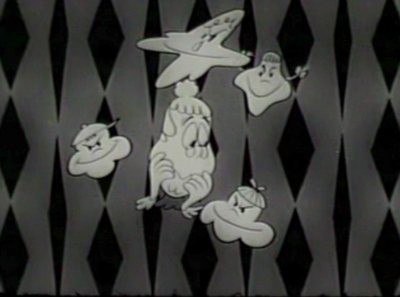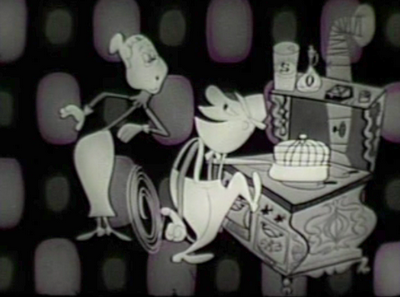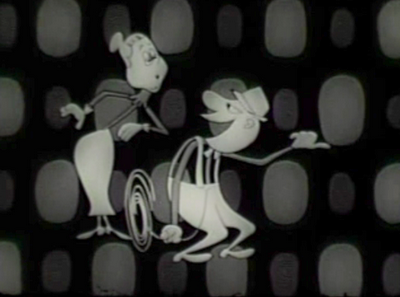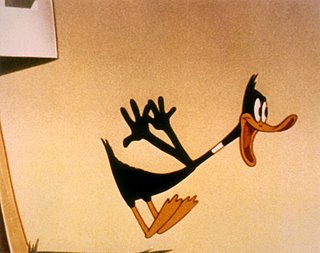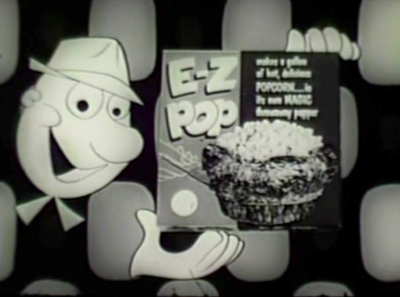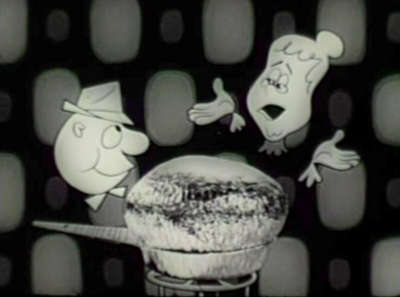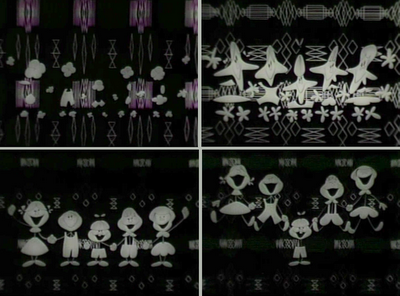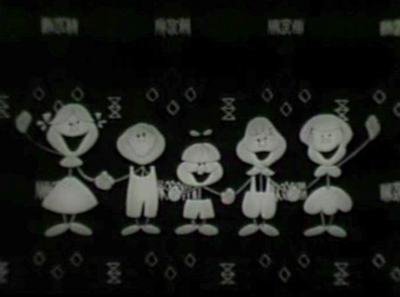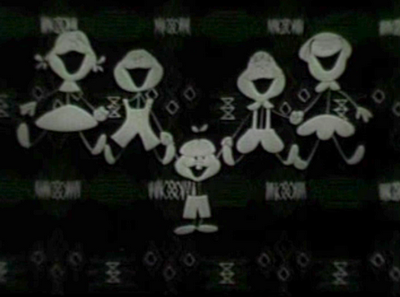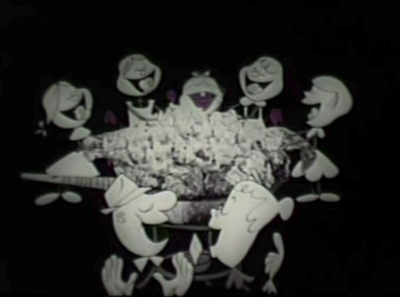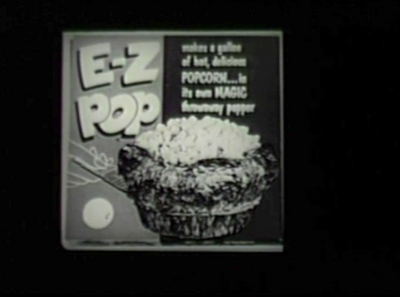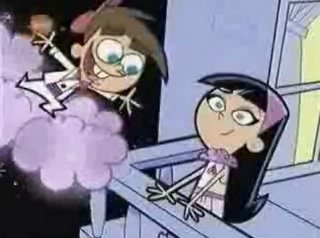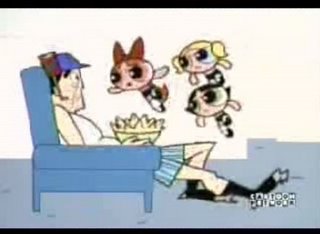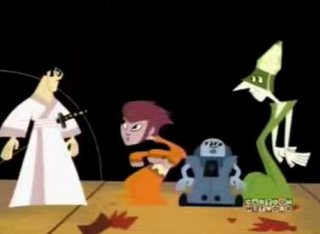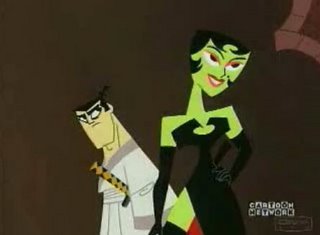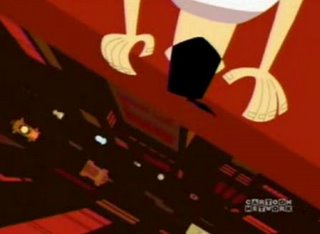 How about a cartoon with layouts by Ed Benedict, animation by Carlo Vinci and BG paintings by Art Lozzi? Add it up and get cartoon ice cream.
How about a cartoon with layouts by Ed Benedict, animation by Carlo Vinci and BG paintings by Art Lozzi? Add it up and get cartoon ice cream.
 I want to start talking a bit about painting technique. Technique is different than color.
I want to start talking a bit about painting technique. Technique is different than color.So far I've talked only about color theory and nothing at all about brush technique. They are two completely separate things. You could be good at color but not so good at technique. There are a lot more artists who are good at technique but are not as good at color. I don't know why exactly. I guess you can learn technique but not taste.
Art Lozzi was excellent at both. Look at this beautiful painting below.
 The color thinking on this tree BG above is very similar to the color thinking in this Frazetta painting below, yet the two styles look completely different. Why?
The color thinking on this tree BG above is very similar to the color thinking in this Frazetta painting below, yet the two styles look completely different. Why? Because the painting techniques are different.
Because the painting techniques are different. Here's a painting by Kristy Gordon. Similar thinking in color. Another different painting technique.
Here's a painting by Kristy Gordon. Similar thinking in color. Another different painting technique.The general technique that Lozzi and Monte and the early Hanna Barbera painters used was painting with sponges and friskets.
They would cut holes in cells (friskets) in the shapes of certain objects, like the trees above, and then dip a sponge in paint and apply the sponge over the frisket.
Then when they peeled the cel off the paper, there would be a textured tree in the shape of the frisket on top of the BG color.
Sometimes they would keep layering sponge textures on top of the paint and even use smaller friskets to fill shadow shapes in with.
 Below you can see contrasts in techniques. There is some flat color (the sky), some sponge (the tree on the right) and some dry brush (the trees on the left).
Below you can see contrasts in techniques. There is some flat color (the sky), some sponge (the tree on the right) and some dry brush (the trees on the left). If the painting was completely filled in with equal amounts of texture from left to right, the BG would be indistinct and hard to read. Contrasts are important in all aspects of creativity. Contrasts are punctuation. They are what tells you what to pay attention to. Stories need contrast, dialogue needs contrast, acting needs contrast, composition needs contrast, design does, animation does, timing does-everything does.
If the painting was completely filled in with equal amounts of texture from left to right, the BG would be indistinct and hard to read. Contrasts are important in all aspects of creativity. Contrasts are punctuation. They are what tells you what to pay attention to. Stories need contrast, dialogue needs contrast, acting needs contrast, composition needs contrast, design does, animation does, timing does-everything does.
Here is a similar technique with less contrast from Disney. See how more monotonous it is compared to the better designed, better colored and contrasty styled HB BGs? Looks like wallpaper.
Without contrast or punctuation you have monotony. Controlling contrasts is very difficult and I'd say even impossible for weaker artists or actors or writers. Today's prime time cartoons are extremely monotonous because they have no punctuation or contrasts in any of the creative aspects of them. Everything just drones along at the same pace, volume and evenly spaced design. Nothing is more important than anything else. It all just lays there and expects you to weed through the morass to find what the entertaining parts are.
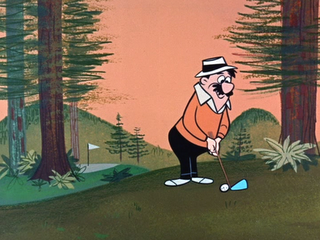 This BG above has all the paint techniques I've been talking about plus some pencil shading on the grass and hills and trees. Lots of contrasting textures, values and negative shapes.
This BG above has all the paint techniques I've been talking about plus some pencil shading on the grass and hills and trees. Lots of contrasting textures, values and negative shapes.These HB painting techniques can be very simple...

..or more complex
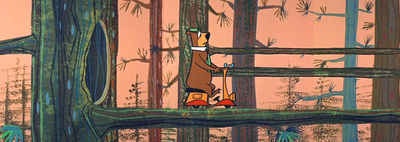
Even the lines on the trees are full of contrasts. Some are close together. Some are far apart-they are not evenly spaced. Some lines are painted on, some are drawn with colored pencils, some lines are curved, some are jagged.
 Even though the striking styling of this is bold and cartoony, the control of the contrasts in techniques and design and color makes it all organic and natural.... as opposed to today's mechanical computerized looks.
Even though the striking styling of this is bold and cartoony, the control of the contrasts in techniques and design and color makes it all organic and natural.... as opposed to today's mechanical computerized looks.God, those multi million dollar budgeted prime time cartoons don't even HAVE painted backgrounds. The flat characters vanish right into the flat fluorescent backgrounds. These HB cartoons were originally budgeted at $3,000 each-or $9,000 per half hour and they are infinitely more complex and skilled than what you get for 3 million.
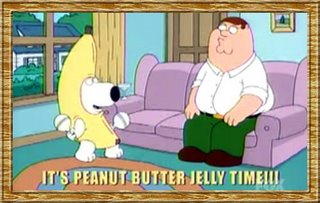 Here's millions of dollars worth of artistic achievement.
Here's millions of dollars worth of artistic achievement.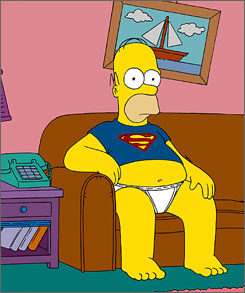
I've asked Art if he would be willing to explain to us his step by step procedure in painting backgrounds like this. Tell him in the comments how much you would appreciate that!





